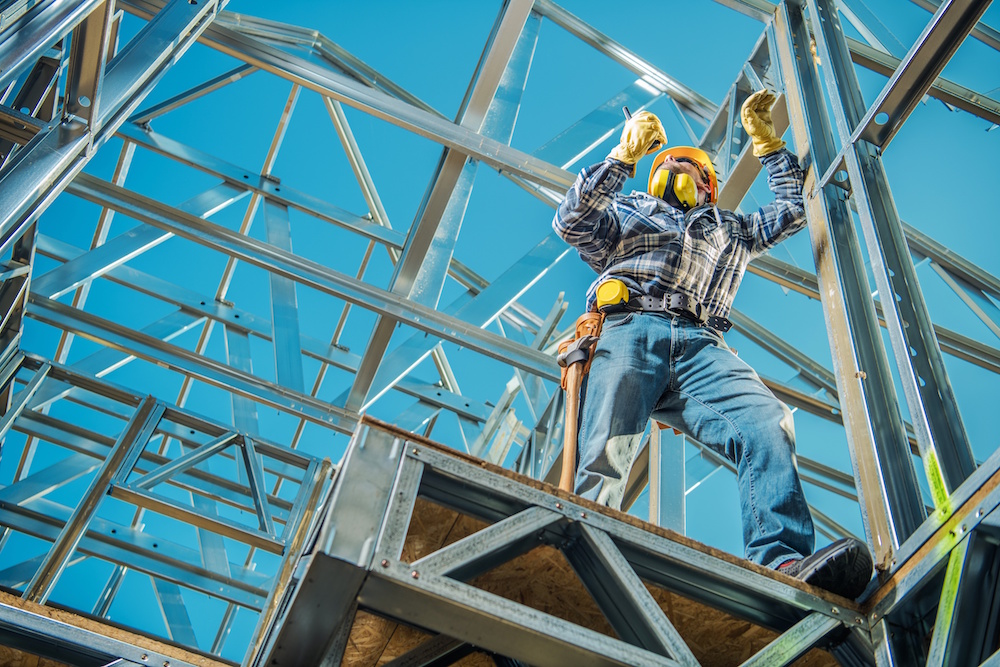
Steel is probably one of the most common and most important materials used in building any structure. Most construction projects, whether commercial or residential, rely heavily on using steel as a primary material. This isn’t surprising since using steel has a lot of advantages.
Using secondary steel for construction projects is becoming more common since it promises the same benefits as primary steel. If you’re considering using secondary steel for your construction project, then try to weigh in its pros and cons first to determine if it’s what you need.
Pros
Here are the pros that you should know when you consider using secondary steel in construction:
Steel Is Durable
Using secondary steel in construction is an effective way to ensure that the structure can withstand the rigors of wear and tear in different environments. Steel structures can last for several years even with little maintenance compared to wooden buildings that are more prone to damages.
If you’re in charge of a construction project, you should choose materials based on your needs. Working with steel can make your structure more stable and more resistant to corrosion. Unlike wood and other organic materials, steel won’t get damaged by vermin like termites or natural events like rain. Steel can also hold its weight well, which means you won’t need to worry whether your structure is sturdy or not.
Just like any other construction materials, the quality of secondary steel you can purchase also varies. This is why you must look for reliable suppliers like Mainline Metals to provide for your construction needs.
It Is Cheaper
Secondary steel is made with scrap iron and is processed using an electric arc. Since it’s made with existing iron pieces, the final product is cheaper than primary steel. This doesn’t mean that just because it’s made with scrap iron, its performance is subpar. This option is widely used in many construction projects because it can meet a customer’s specifications just as well as primary steel.
If you need a more affordable alternative without sacrificing quality, find businesses that buy and sell secondary steel and inquire if you can procure their products. You can specify the dimensions and quantity you need for your construction project, so you won’t need to do the cutting yourself.
Steel Is Lighter
Whether you’re running your own construction business or looking for materials for your residential home, you shouldn’t overlook the benefits of using secondary steel for your building project.
Steel beams and girders, for example, are comparatively lighter than their wooden counterparts, which can make the construction process easier. Handling materials and building structures will require less effort since the items you’ll work with aren’t too heavy. You can also make slender columns using steel which enables you to maximize the space you’re working with.
Using Secondary Steel is Sustainable
There aren’t a lot of construction materials that can be reused and recycled. Concrete and plaster, for example, can’t be used again once it’s applied to a structure. Alternatively, steel is recyclable and can be molded infinitely without downgrading in quality. This means that using this resource for construction projects can minimize wastage and damage to the environment.
In addition, the production of steel doesn’t use excessive energy or harmful products. Therefore, if you want to be as eco-friendly as possible when constructing a structure, using secondary steel is your best option.
Cons
Here are some of the cons of using secondary steel:
May Not Meet Building Codes
Using secondary steel for a construction project may cause various problems if you’re building a massive structure in an area with strict building codes. Some places may require all contractors to only use primary steel for their construction project. Although there’s no imminent danger in using secondary steel, you may need to pay fees or experience delays if you choose not to conform to the building codes in your area.
Steel Is Not Immune to Corrosion
Although steel is durable, it can still be prone to rust, especially if exposed to salty or acidic environments. Some types of steel may require regular maintenance to minimize electrochemical oxidation. The most common solution to prevent steel from becoming brittle is by applying a specialized coating or paint periodically. This will help create a protective layer that’ll prevent corrosion.
Damage Caused by Fire or Heat
One advantage of steel over wood is that it’s not flammable. However, it’s a good conductor of heat. This could mean that any material that the steel touches may catch on fire if a fire occurs. Extreme heat can also weaken steel and affect the structural integrity of a building. Fortunately, there are methods that engineers enforce to prevent steel from becoming a fire hazard. Using fireproof coatings like mineral or concrete coating can help prevent steel from overheating to dangerous temperatures.
Susceptible to Fatigue
Since secondary steel is made by mixing existing scraps of steel, manufacturing inconsistencies may arise. Impurities may be added to the steel, which can cause the formation of small cracks. These cracks may form new ones, thus leading to a brittle fracture on the steel. Over time, these faults in the steel may cause the structure to weaken and be more susceptible to external forces like strong winds.
Final Thoughts
Using secondary steel in construction comes with a lot of benefits. It’s durable, sustainable, and also more cost-effective compared to other materials. Buildings and structures made with steel can also be easily repaired or modified.
However, just like any other construction item, you need to practice precaution when using secondary steel. So, you should collaborate with experts to determine how to minimize the risks involved in using steel for your construction project.
